From its 18th century tavern to the annual tomato festival, this county connects its past with the present.
By Joan Tupponce
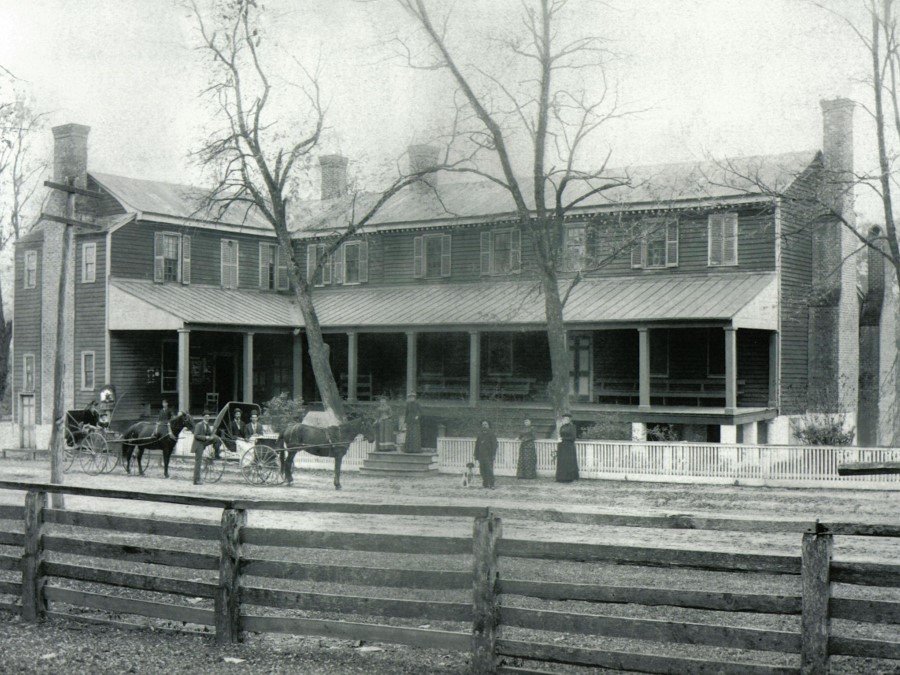
FOR YEARS PEOPLE HAVE BEEN going to Hanover Tavern to enjoy a meal, see a play, or celebrate a wedding. But not all patrons know exactly how many years the tavern has been doing business.
The original Hanover Tavern was first licensed in 1733 and stood across the street from the current building, on the courthouse grounds, says David Deal, executive director of Hanover Tavern Foundation. In its time, that frame structure served as everything from an inn to a dance hall, hosting guests such as George Washington and Patrick Henry during the time of the Revolutionary War.
 “People think this tavern has all the history from the Revolutionary War to the Civil War, but the oldest part of the current tavern was built as a home to the tavern owner in 1791,” Deal explains. The original tavern fell into disrepair, and it wasn’t until 1820 that a new structure was added to the house, creating the current tavern. “The two buildings were tied together around 1830. That’s one piece of history I would like to get out there, because the misconception keeps getting perpetuated,” Deal says.
“People think this tavern has all the history from the Revolutionary War to the Civil War, but the oldest part of the current tavern was built as a home to the tavern owner in 1791,” Deal explains. The original tavern fell into disrepair, and it wasn’t until 1820 that a new structure was added to the house, creating the current tavern. “The two buildings were tied together around 1830. That’s one piece of history I would like to get out there, because the misconception keeps getting perpetuated,” Deal says.
Prominent guests—everyone from showman P. T. Barnum to Edgar Allen Poe—frequented the current tavern after it was built, thanks to its location along the stage route between Baltimore and Richmond. “This building was here during the Civil War. The tavern owner was an ardent unionist, quite the anomaly in Virginia and Hanover County,” Deal says.
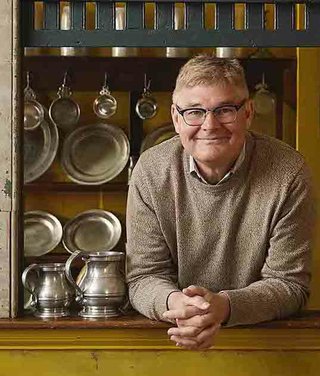 The tavern is listed on the Virginia Landmarks Register and National Register of Historic Places as a contributing structure to the Hanover Court- house Historic District. Its history and that of the area are showcased in the tavern’s history-based field trips for fourth graders. Visiting school children meet seven characters from the Revolutionary and Civil Wars. Those visits have been on hold since the start of the pandemic, and the foundation is working on a video in lieu of field trips. “In the eight years of the program, we have hosted more than 13,500 fourth graders,” Deal says.
The tavern is listed on the Virginia Landmarks Register and National Register of Historic Places as a contributing structure to the Hanover Court- house Historic District. Its history and that of the area are showcased in the tavern’s history-based field trips for fourth graders. Visiting school children meet seven characters from the Revolutionary and Civil Wars. Those visits have been on hold since the start of the pandemic, and the foundation is working on a video in lieu of field trips. “In the eight years of the program, we have hosted more than 13,500 fourth graders,” Deal says.
One of the characters school children learn about is Martha Ann Fields, a tavern cook and slave. “She speaks about life at the tavern and her desire to read and write, as well as her eventual escape to freedom with her family after a Union raid during the Civil War,” Deal says. Local actress Valerie Davis portrays Martha Ann. “She is so good. She has developed Martha Ann into a one-person play, From Tragedy to Triumph, the Martha Ann Fields Story,” Deal says.
Despite its name, Hanover Tavern has been put to many uses over the years. In 1953, it was acquired by a group of actors, who established the Barksdale Theatre, a long-running staple of the community. The Hanover Tavern Foundation purchased the structure in 1990 and spent the next 15 years restoring it. The tavern reopened to the public in 2005 with exhibit space; a restaurant, the Hanover Tavern Restaurant and Pub; a 156-seat venue where the Virginia Repertory Theatre performs; and a gift shop. It offers educational programs, tours, musical performances, and special events throughout the year, including its sig- nature event, the Hanover AutumnFest. In 2015 the Foundation opened the E.J. Wade Coach House at Hanover Tavern, a separate building used for educational purposes, meetings, weddings, receptions, and parties. Approximately 40,000 people visit the tavern each year.
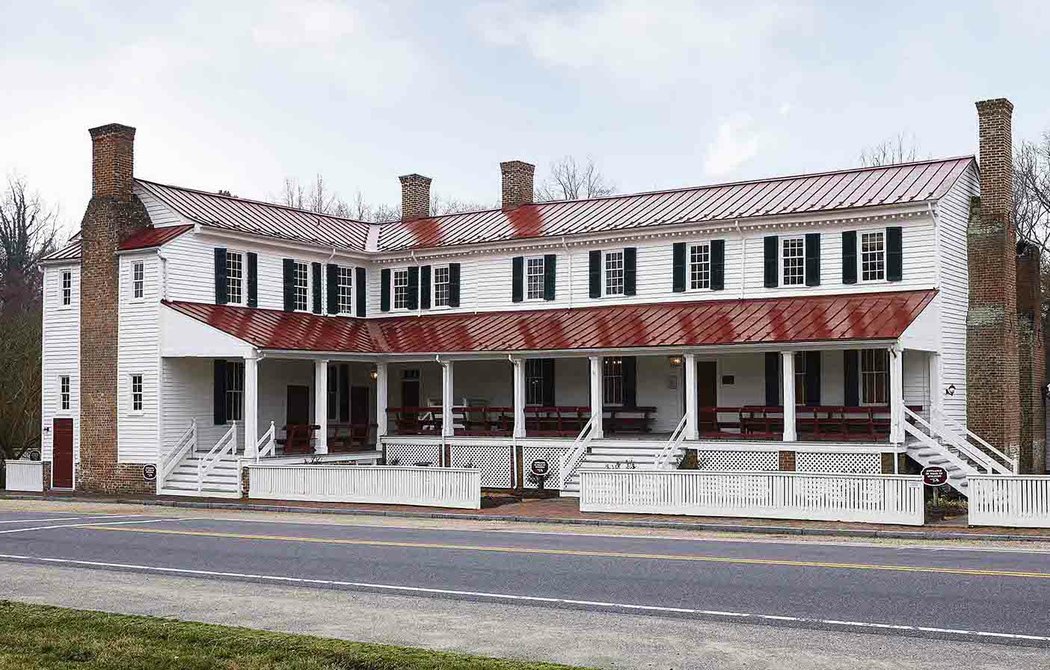
“Now that the Tavern has been restored, we are turning our attention to increasing public awareness of this great historic site as an educational and cultural resource for the Central Virginia community,” says Deal.
The tavern is part of Hanover County’s 300-year heritage, a milestone it hit last year. The county had planned a number of events to recognize the tricentennial throughout 2020, with a grand culmination in the fall, but all of the festivities had to be canceled when the governor prevented large gatherings of people.
“I consider 2021 as the jumping-off point for a celebration of Hanover County as it is today and looking forward into the future as well as remembering our past,” says county administrator John A. Budesky.
One piece of history most residents don’t know involves the fight for religious freedom “and how the Rev. Samuel Davies started Historic Polegreen Church, one of America’s first non-Anglican churches,” says Tom Harris, Hanover’s public information officer. Members of Davies’ congregation included Patrick Henry. The church was destroyed when it was hit by a Confederate artillery shell during the 1864 overland campaign. It was reimagined by the Historic Polegreen Church Foundation and is now an open-air church.
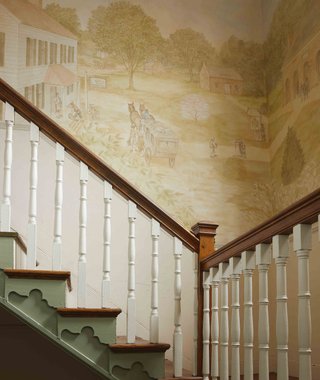 Residents and visitors to the county will soon be able to learn more about Hanover at the new Hanover Museum of History and Culture, scheduled to open later this year. The museum is located in the clerk’s office on the Historic Court- house grounds and “is designed to illuminate the lives and experiences of Hanover’s residents,” says executive director Jaime Fawcett.
Residents and visitors to the county will soon be able to learn more about Hanover at the new Hanover Museum of History and Culture, scheduled to open later this year. The museum is located in the clerk’s office on the Historic Court- house grounds and “is designed to illuminate the lives and experiences of Hanover’s residents,” says executive director Jaime Fawcett.
The museum is designed with community service in mind and not about a particular time frame, she adds. “It comes at a unique time when our world is upside down and change can’t keep up. The stories and experiences we explore will help us build strong community partnerships, and this process has already started.” Fawcett works with citizens and community partners to tell the full story of Hanover County, exploring the narratives that are important to those who live in the county “and how they impact our community, or state, and our nation. Our storylines come directly from the Hanover Community,” she says.
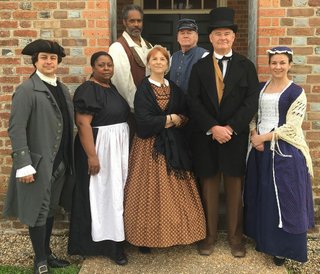 The first of the museum’s four rooms will serve as a welcome center to help drive tourism. The three remaining rooms will serve as gallery spaces for exhibitions like Roots, Seeds, & Soil, which explores Hanover’s agricultural roots and how they impact lives today. For the second exhibit space, the museum will join with Ashland Museum to co-host the Smithsonian’s traveling exhibition series Museums on Main Street, featuring Changes in Rural America.
The first of the museum’s four rooms will serve as a welcome center to help drive tourism. The three remaining rooms will serve as gallery spaces for exhibitions like Roots, Seeds, & Soil, which explores Hanover’s agricultural roots and how they impact lives today. For the second exhibit space, the museum will join with Ashland Museum to co-host the Smithsonian’s traveling exhibition series Museums on Main Street, featuring Changes in Rural America.
The third space will feature an exhibit on the voices behind public safety, including narratives from Hanover’s animal control, sheriff’s office, emergency communications, and fire/EMS staff. Looking to the fall, Fawcett is working with the company Hidden in Plain Site on a virtual reality exhibit about Martha Ann Fields and how the choices she made in 1863 still impact Hanover today. “Working with Hidden in Plain Site is an exciting opportunity to bring the latest virtual technology—so necessary for us today—to traditional museum storytelling,” she says.
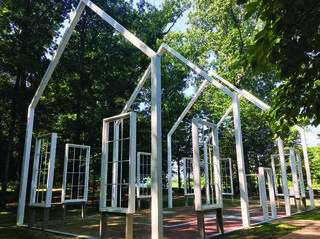 Fawcett is proud of Hanover County for being so forward-thinking and brave “to create a museum like this from scratch,” she says. “Hanover’s 300th birthday occurred at the height of the pandemic and was naturally a challenge to celebrate. However, the opportunity is to now build a nontraditional museum with a future-for- ward focus. As a community, Hanover is on a path to something new and exciting for the museum and the tourism industry.” HanoverVirginia.com
Fawcett is proud of Hanover County for being so forward-thinking and brave “to create a museum like this from scratch,” she says. “Hanover’s 300th birthday occurred at the height of the pandemic and was naturally a challenge to celebrate. However, the opportunity is to now build a nontraditional museum with a future-for- ward focus. As a community, Hanover is on a path to something new and exciting for the museum and the tourism industry.” HanoverVirginia.com
